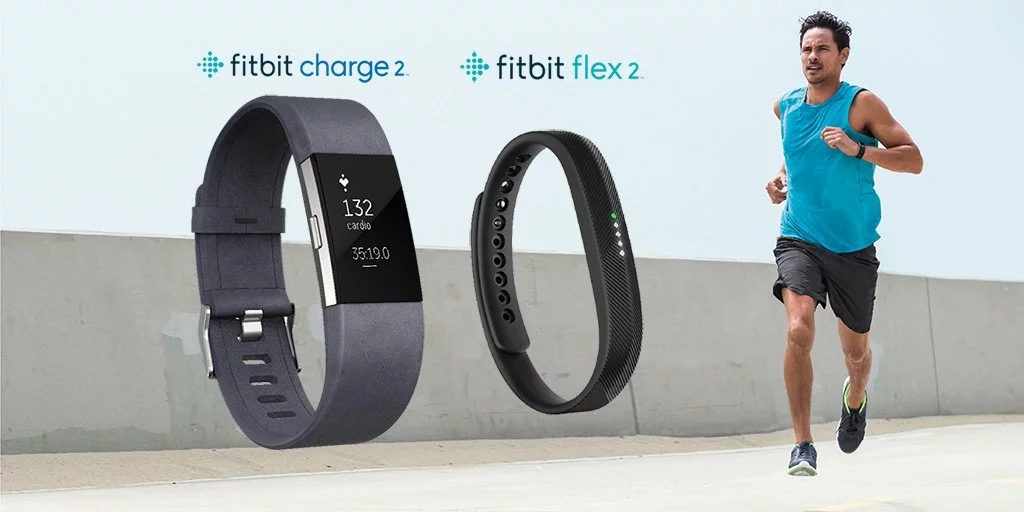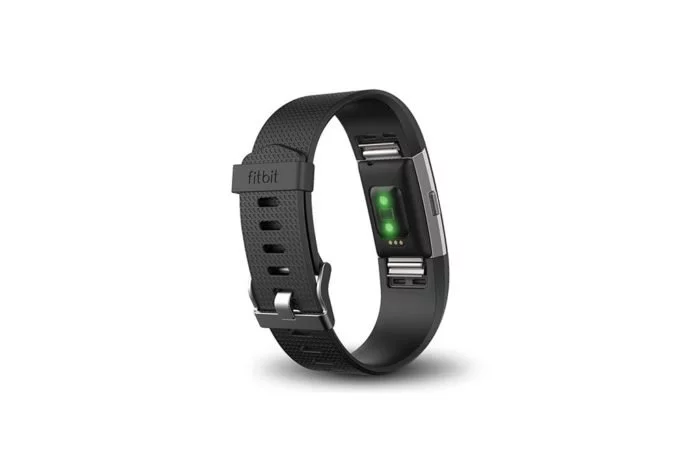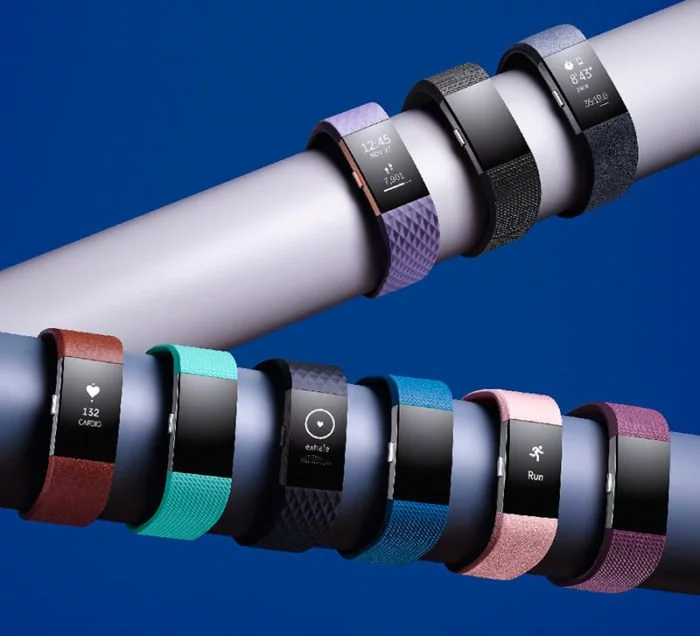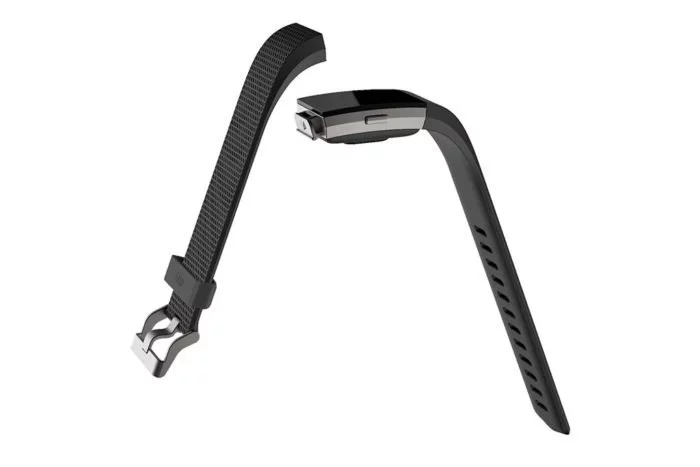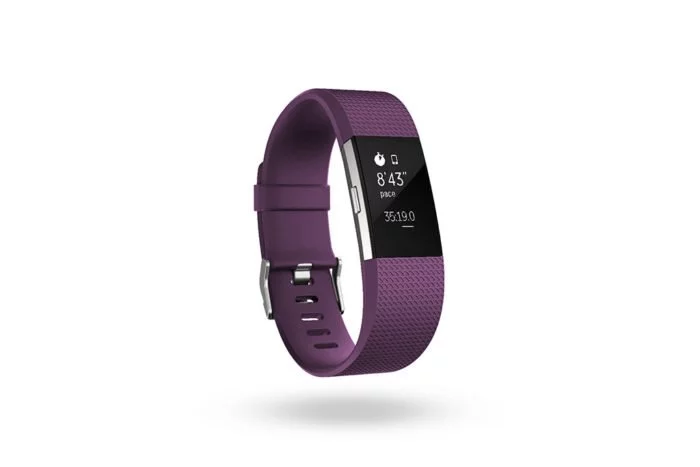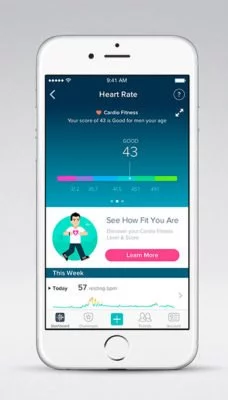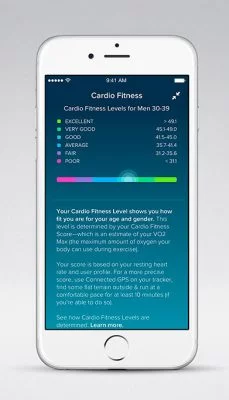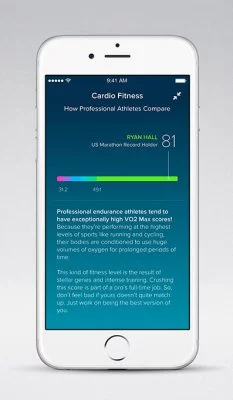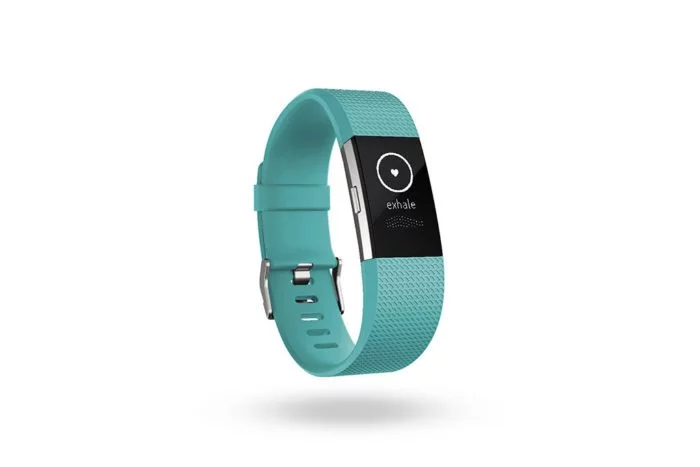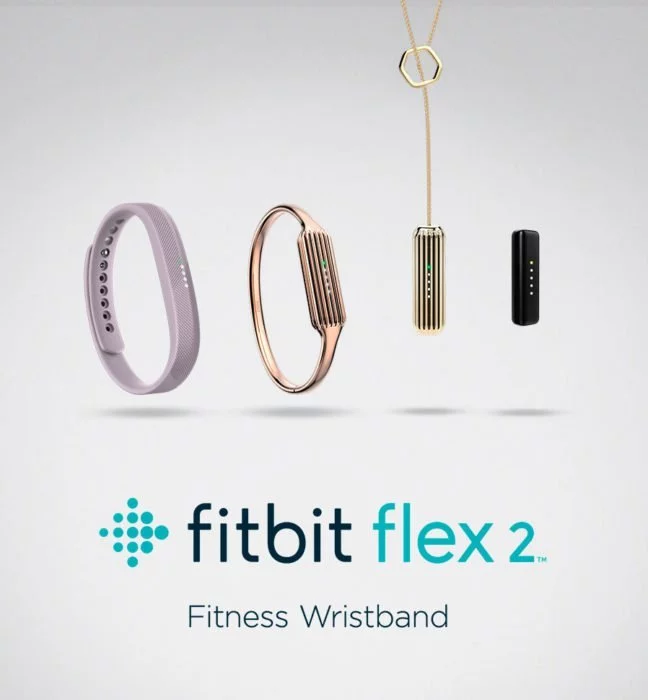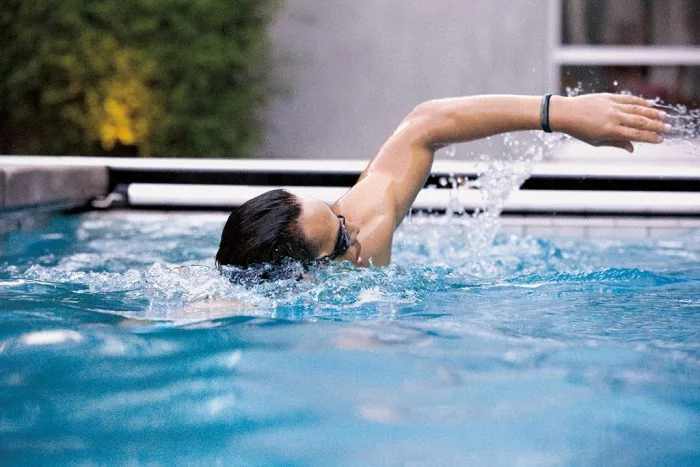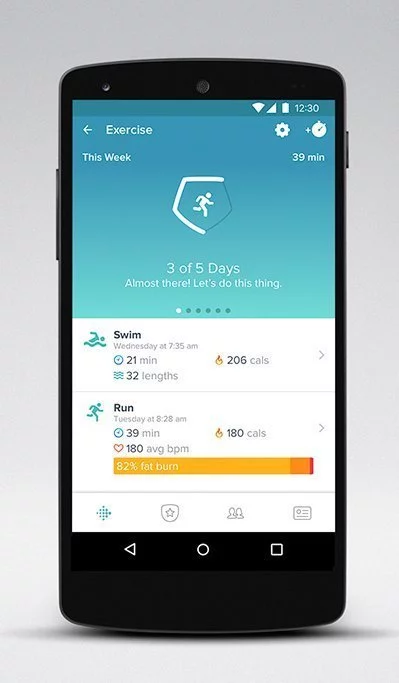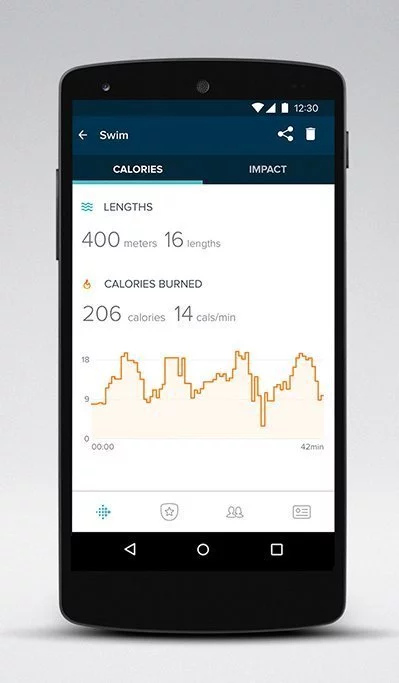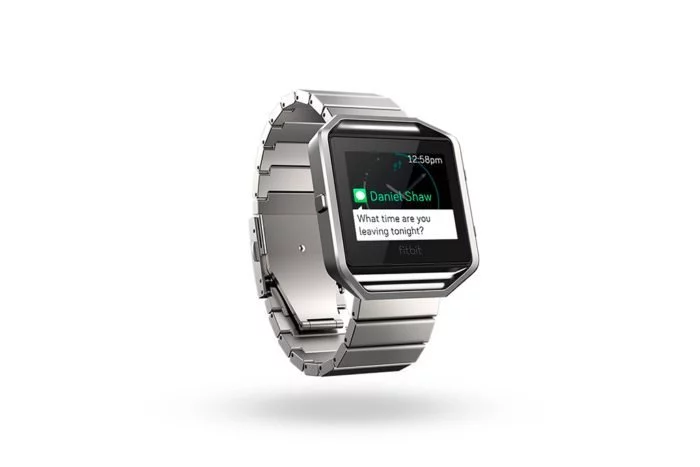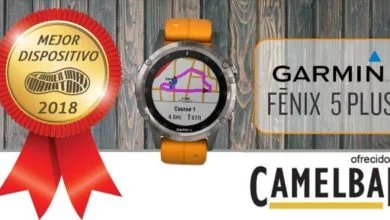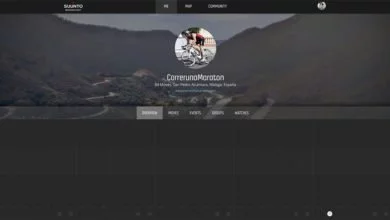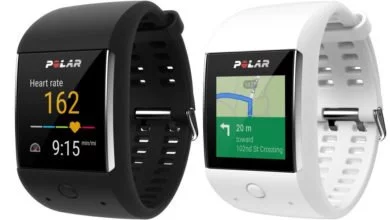Septiembre, un año más llega este fatídico mes. Se acaban las cervezas en el chiringuito (a 38ºC a la sombra), las horas escuchando el romper de las olas en la orilla (junto con los niños de tus vecinos de toalla gritando mientras se pelean) y ver pasar las horas mientras haces absolutamente nada (excepto engordar como un cerdo a punto de ir al matadero).
Es hora de dejar atrás el verano y, junto con la vuelta al cole de los niños, llega la vuelta al gimnasio de los adultos. Hay que empezar a rebajar la barriga que cuidadosamente hemos cultivado durante el verano.
Fitbit presenta hoy nuevos productos para ayudarnos con ello (excepto la vuelta al cole, para eso deberás ir a tu sucursal bancaria más cercana), renovando dos modelos de su gama. Y lo hace incorporando no sólo mejoras estéticas sino también en cuanto a su software.
Pero no sólo hay productos nuevos, junto con la nota de prensa informando de los nuevos modelos se añade información referente a nuevas actualizaciones que llegan a productos actuales, como Fitbit Blaze. Pero si te parece eso lo dejamos para el final y comenzamos por lo más nuevo.
Navegar a secciones específicas
Fitbit Charge 2
El análisis completo ya está terminado. Así que si te interesa conocer todos los detalles de la pulsera Fitbit Charge 2, te recomiendo leer la review completa pinchando aquí.
La nueva pulsera Charge 2 de Fitbit llega para sustituir de golpe a los dos modelos anteriores: Charge y Charge HR. La única diferencia que existía entre ambos modelos era el sensor de pulso óptico PurePulse en la versión HR que, como era de esperar, se convierte en una característica básica de la nueva versión.
Incorpora así mismo algunas novedades en su software, como nuevos modos de ejercicio, nuevas funciones de fitness y salud y una nueva pantalla de mayor tamaño mayor donde ahora podrás revisar las notificaciones de tu teléfono móvil (aunque siguiendo la tónica de Fitbit, con pocas notificaciones).
Empezando por el final, lo que más destaca a primera vista de la nueva Fitbit Charge 2 es, sin ninguna duda, su pantalla de mayor tamaño. Es hasta cuatro veces más grande que la de la versión inicial.
Y es que la pantalla cubre la totalidad del cuerpo de la pulsera, enganchando a ambos extremos la correa que ahora permite la sustitución de la misma de una forma rápida y sencilla.
Pero las novedades que interesan son las de dentro. ¿Qué hace esta Charge 2 que no hacía los modelos anteriores? Para empezar dispone de distintos modos de deporte: carrera, yoga, pesas, ciclismo… anteriormente todo esto estaba clasificado en un sólo modo deporte. Es decir, que no había clasificación de ningún tipo. También existe otro modo específico para trabajo de intervalos.
Incluye la función «Connected GPS» que estrenó el Fitbit Blze. Aunque pueda parecer que incorpora receptor GPS, no lo incluye. Simplemente usa la conexión GPS de tu smartphone para añadir los datos de localización a la actividad, haciéndola mas precisa en datos como ritmo y distancia y añadiendo un mapa a la actividad. Por tanto beneficiándose de todos los datos que facilita pero sin representar un impacto en la autonomía. Aunque claro, deberás llevar el teléfono encima.
Otra de las nuevas funciones que Fitbit ha incluido en la Charge 2 es la estimación de tu VO2 Max, algo que ya está presente en productos de muchas otras marcas pero que es una novedad en el segmento de los monitores de actividad.
Y junto a esto, sesiones guiadas de relajación. Estas sesiones tienen una duración de 2 y 5 minutos con indicaciones sobre cuándo inhalar y exhalar para encontrar la calma a tanto estrés en tu día a día, como cuando te enteras de cuánto valen los libros del cole de los niños.
Por último, destacar que ahora Fitbit Charge 2 recibe notificaciones de tu smartphone, pero creo que alguien en la empresa sigue empeñado en vivir anclado en el pasado. Y es que continua mostrando tan sólo las notificaciones referentes a llamadas, SMS y avisos de calendario. Nada de Twitter, Facebook, WhatsApp, etc. Yo seguiré preguntándome el por qué.
Con un precio de 159,95€ se podrá encontrar en tiendas a partir de septiembre-octubre en cualquier rincón del mundo.
Fitbit Flex 2
Flex 2 prescinde de la pantalla táctil de los otros modelos para alcanzar un diseño mucho más minimalista y ultra delgado. Toda la información que tenga que ofrecernos lo hará a través de un sistema de cuatro LEDs. A través de ellos sabrás cómo te encuentras con respecto al objetivo de pasos o notificaciones de llamadas, por ejemplo.
El detalle más importante de la nueva versión es que ahora el dispositivo se separa de su correa, permitiendo colocarlo en multitud de accesorios diferentes, tales como brazaletes o colgantes. Para que no te separes de él independientemente de si estás dando un paseo o vas a una cena de trabajo.
Flex 2 es además totalmente resistente al agua y, a diferencia del resto de dispositivos de la gama, se puede sumergir sin problemas hasta 50 metros (ya era hora, Fitbit).
Incluso es capaz de hacer seguimiento de actividades de natación, siendo el primer «wearable» de Fitbit en hacerlo.
La grabación de las diferentes actividades deportivas se hará de forma automática gracias a la función SmartTrack, enviando después todos los datos de cualesquiera actividad que hayas realizado (andar, correr, bicicleta elíptica, aerobic o natación, por ejemplo) a la plataforma online de Fitbit.
El precio de Fitbit Flex 2 es de 99,95€, aunque donde estará la miga verdaderamente será en la colección de accesorios que pueden costar lo mismo que el propio monitor de actividad. Perfecto si eres un «fashion victim». Y todo ello estará disponible en el mismo plazo que para Charge 2, a lo largo de septiembre u octubre a nivel global.
Novedades para Fitbit Blaze
Y ya que en Fitbit estaban renovando la gama y preparando notas de prensa, ¿qué mejor momento para anunciar tres nuevas funciones de software para el Fitbit Blaze? Desde luego es la mejor forma de conseguir atención del gran público pues, de otra manera, pasaría totalmente desapercibido.
Tres son las novedades que llegan a Fitbit Blaze:
- Lo más importante es que Fitbit Blaze entra por fin en el siglo XXI y ahora, además de mostrar notificaciones de llamadas, SMS y avisos del calendario (que es como mostrar notificaciones de nuevos telegramas); también recibirá avisos de mensajes de Facebook, WhatsApp, Twitter, correo, etc. YA-ERA-HORA. Ahora sólo queda que también llegue al resto de la gama.
- En segundo lugar ahora el Blaze te avisará cuando lleves demasiado tiempo sin moverte, poniendo pequeñas metas a cumplir de 250 pasos cada hora para ayudar a mantenerte activo a lo largo del día. Esos 250 pasos los podrás cumplir andando aproximadamente 2 o 3 minutos.
- Por último, hay nuevas esferas de reloj para poder elegir y personalizar tu Blaze. Se añaden cinco más para llegar a un total de nueve.
Y hasta aquí las novedades de Fitbit, en una semana que no será lo único que se anunciará. Así que mantente alerta y no olvides darte de alta para recibir las notificaciones.
¡Gracias por leer!

